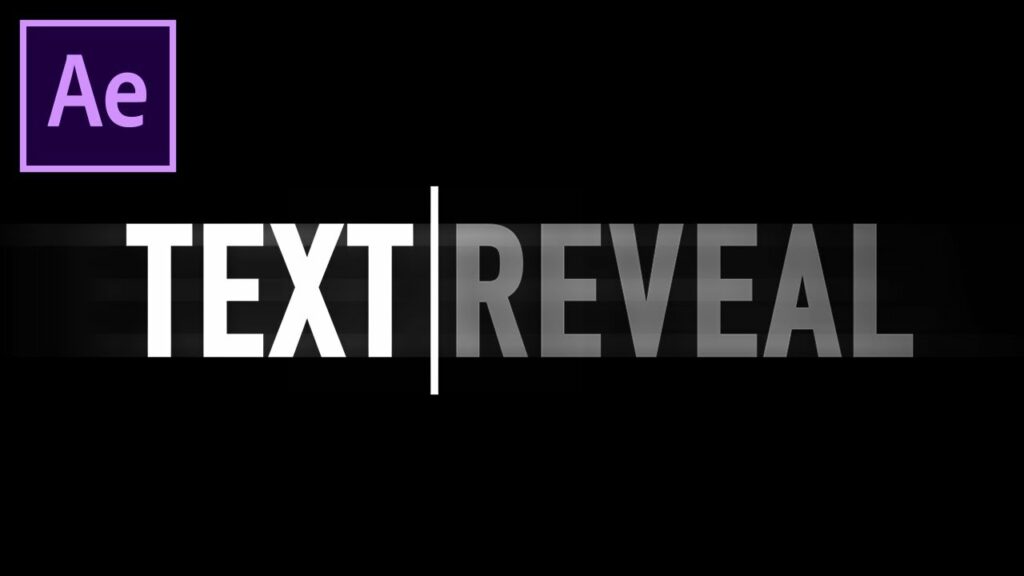Mastering Text Animation in After Effects: A Comprehensive Guide

Text animation is a powerful tool in the arsenal of motion graphic designers and video editors, allowing them to bring static text to life with movement, transitions, and effects. Adobe After Effects, a leading motion graphics and visual effects software, offers a wide array of tools and features specifically designed for animating text. In this comprehensive guide, we’ll explore the intricacies of animating text in After Effects, unveiling techniques, workflows, and expert tips to help you master the art of text animation and create stunning visual compositions.
Understanding Text Animation in After Effects
Before we dive into the practical aspects, it’s important to understand the fundamentals of text animation and its role in visual storytelling. Text animation involves applying movement, transitions, and effects to text layers in order to convey information, enhance engagement, and create dynamic visual compositions. Whether used for title sequences, lower thirds, or kinetic typography, text animation adds depth, personality, and visual interest to video projects.
Step-by-Step Guide to Animating Text in After Effects
- Create a New Composition: Begin by creating a new composition in After Effects. Set the desired dimensions, frame rate, and duration for your project.
- Add a Text Layer: Select the Text tool from the toolbar and click anywhere in the composition to create a new text layer. Type your desired text directly into the composition window.
- Customize Text Properties: With the text layer selected, use the Character and Paragraph panels to customize various text properties such as font, size, alignment, color, and spacing.
- Animate Position: To animate the position of the text layer, expand the Transform properties in the Timeline panel and add keyframes for the Position property. Move the playhead to a different point in the timeline and adjust the position of the text layer. After Effects will automatically create a motion path between the keyframes.
- Animate Scale and Rotation: Similarly, you can animate the scale and rotation of the text layer by adding keyframes for the Scale and Rotation properties in the Transform section.
- Apply Text Presets: After Effects offers a variety of pre-built text animation presets that you can apply to your text layers. Browse the Animation presets in the Effects & Presets panel and drag the desired preset onto your text layer.
- Create Text Animators: Text animators in After Effects allow for more advanced and dynamic text animation effects. To create a text animator, expand the text layer properties in the Timeline panel and click the Animate button next to the Text property. Choose from options such as Position, Scale, Rotation, Opacity, and more.
- Adjust Animator Properties: Once a text animator is applied, you can adjust its properties to customize the animation effect. Use the Range Selector to control which characters or words are affected by the animation, and adjust parameters such as Start, End, Offset, and Randomness to fine-tune the animation.
- Combine Multiple Animators: For more complex text animations, you can combine multiple text animators and apply different effects to each one. Experiment with stacking animators to create unique and dynamic text effects.
- Add Effects and Presets: After applying basic animation to your text layers, you can further enhance the visual impact by adding effects and presets. Explore the Effects & Presets panel to find a wide range of effects such as blur, glow, shadow, and more.
- Use Expressions: After Effects expressions provide a powerful way to automate and control text animation parameters. By writing simple scripts, you can create complex motion behaviors and interactive animations for your text layers.
- Preview and Refine: Continuously preview your text animation in After Effects to assess its visual impact. Make adjustments to timing, easing, and effects parameters as needed to achieve the desired result.
- Render and Export: Once satisfied with your text animation, render your composition to create a final video file. Choose the desired output settings and export format to ensure compatibility with your intended playback platform.
Tips and Best Practices for Text Animation
- Storyboard Your Animation: Before diving into the animation process, storyboard your text animation to plan out the sequence of movements, transitions, and effects. This will help streamline the workflow and ensure a cohesive visual narrative.
- Use Keyframes Sparingly: While keyframes are essential for animating text in After Effects, avoid overusing them, as this can result in choppy or unnatural motion. Instead, focus on creating smooth and fluid animations by adjusting easing curves and interpolation methods.
- Experiment with Timing and Pacing: The timing and pacing of text animation can greatly impact its effectiveness. Experiment with different timing intervals, delays, and durations to find the optimal rhythm for your animation.
- Consider Typography Principles: In addition to animation techniques, consider basic typography principles such as hierarchy, contrast, and readability when designing your text animations. Use font styles, weights, and colors strategically to convey meaning and create visual hierarchy.
- Stay Organized: As your text animation project grows in complexity, it’s important to stay organized and maintain a tidy project structure. Use naming conventions, layer labels, and folders to keep track of text layers, keyframes, and effects.
Conclusion
Animating text in After Effects is a rewarding and versatile skill that opens up a world of creative possibilities in motion graphics and video editing. By following the steps outlined in this guide and embracing best practices, you’ll be well-equipped to create dynamic, engaging, and visually stunning text animations that captivate and resonate with your audience. Whether you’re a beginner exploring the basics of text animation or an experienced animator pushing the boundaries of creativity, After Effects provides the tools and capabilities you need to bring your text to life in exciting new ways. So, unleash your imagination, experiment fearlessly, and let After Effects be your canvas for expressive and impactful text animation.




